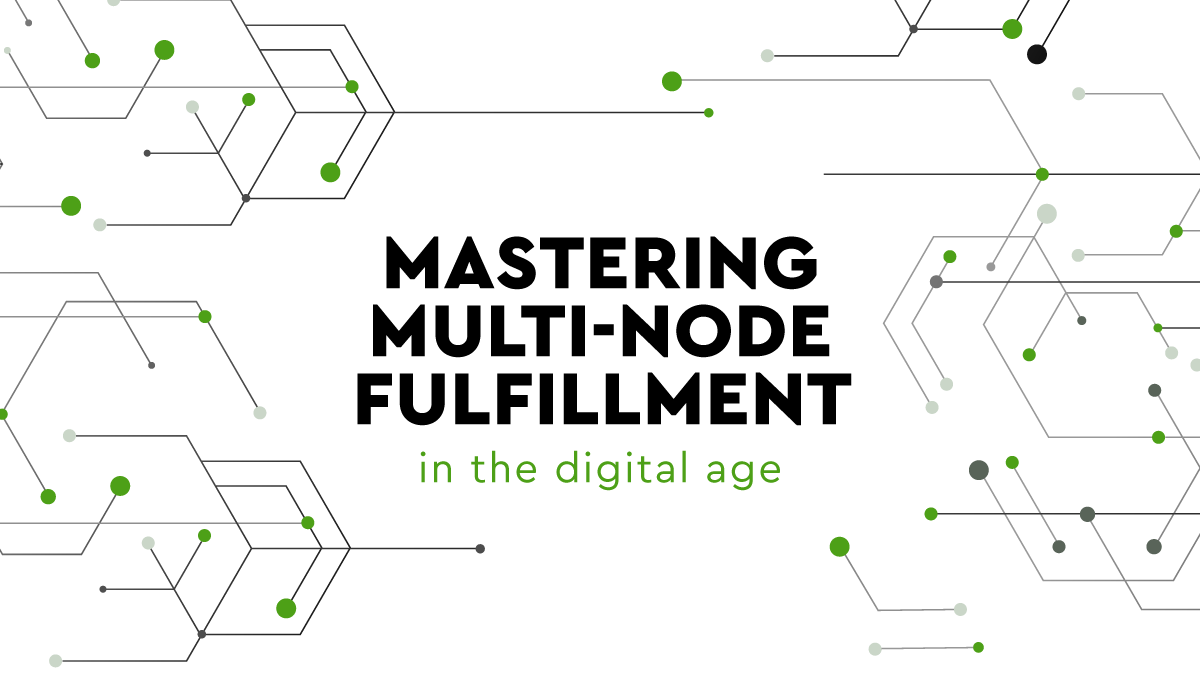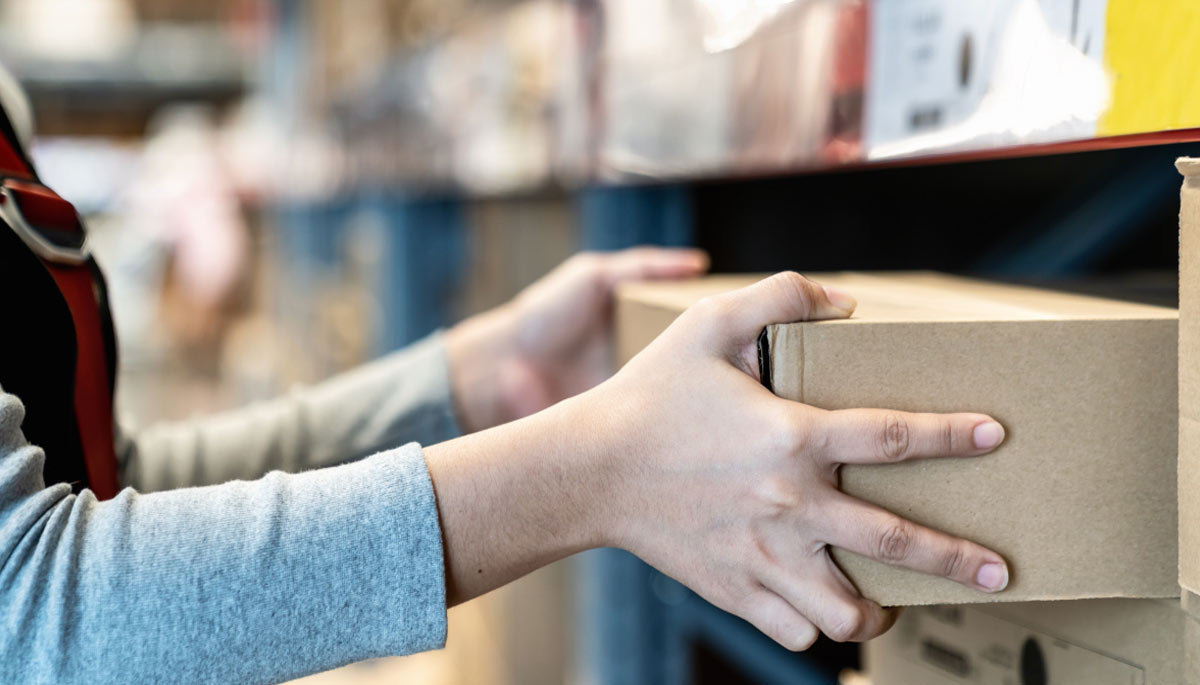
Mastering Multi-Node Fulfillment in the Digital Age
As brands and retailers strive to embrace digital-first retail, a siloed approach to digital and physical shopping is going to make things very difficult for them. Those brands who are approaching DTC operations as a whole rather than separating out physical and digital activities are on the path to digital maturity. In this post, Kamran Iqbal, PFS Commerce Strategist and expert in all things commerce, explores how DOM technology and multi-node fulfillment are key components to enabling truly seamless customer experiences across channels.
Eliminating channel conflict
Eradicating the walls of channel conflict is more critical today than ever before, and brands are taking major steps to join up efforts across channels. They are combining top leadership around DTC efforts, changing store commission structures so store associates benefit from online sales the same as in-store, and – perhaps the most obvious transition since the pandemic – they are blurring the lines between online and in-store purchases.
In the last year, it has become second-nature to consumers to order everything from milk to toilet paper to lipstick and yoga pants using their devices. Whether they plan to pick-up curbside or in-store, opt for same-day delivery or have the order shipped to their home varies customer to customer, but the expectation that they should be able to choose their delivery method has become critical to the overall satisfaction of their experience.
According to a recent PFS study, of the retailers who saw an increase in their sales in 2020, 34% had invested in BOPIS, 31% had invested in curbside pick up and 26% had invested in extra fulfillment capacity. Retailers are leveraging their stores as well as traditional and non-traditional fulfillment space to support multi-node fulfillment operations. To do this, they need complete visibility of all inventory across omnichannel operations – stores, distribution centers, etc.
This is where a powerful distributed order management (DOM) system is critical.
DOM technology – a critical piece in the puzzle
DOM technology empowers retailers to route orders across multiple fulfillment points depending on a number of factors, including delivery preferences, shipping time and costs, inventory optimization at stores, and even opting for more sustainable delivery methods. Using a DOM, retailers can support multiple distribution centers across geos (for example, operating West and East Coast distribution centers in the US for faster in-region fulfillment) as well as alternative delivery methods ranging from store fulfillment offerings (curbside pick up and buy online, pick up in-store (BOPIS), ship-from-store, etc.) to micro-fulfillment centers or temporary pop-up DCs.
A recent Multichannel Merchant report reinforces the value of DOM technology in supporting complete inventory visibility for multi-node fulfillment operations, stating that “companies of all sizes that don’t implement a sophisticated OMS risk damaging the customer experience to the point of negatively impacting loyalty, conversion rates, AOV, market share and business growth.”1
By de-centralizing operations through multi-node order fulfillment, brands and retailers are able to spread inventory across regions to offer more delivery options while optimizing inventory across channels and shortening the distance for last-mile delivery. The result is an improved operation all around and, more importantly, a higher quality customer experience.
Benefits of a multi-node fulfillment operation
Enabling multi-node fulfillment has many key benefits in today’s digital-first market. Brands and retailers who invest in this area stand to gain in significant ways:
Compete with 2-day/same day delivery: It’s no secret that delivery expectations have been getting faster and faster in recent years. By decentralizing fulfillment operations and leveraging alternative fulfillment solutions, brands can shorten the supply chain, reduce transportation distances and lower shipping costs. With DOM technology, you are able to have site of inventory across stores, DCs, micro-fulfillment centers, etc., and empower customers to choose the option that gets product to them how and when they need it.
Optimize inventory: When the pandemic hit and many stores were required to temporarily close, a lack of inventory visibility meant a significant amount of sitting inventory. Even as online sales skyrocketed and inventory at the DC began to sell out, retailers were unable to take advantage of, in some cases, significant amounts of inventory at brick and mortar locations. On the other hand, stores whose inventory was integrated across operations were able to operate as dark stores, even when closed to the public during lockdown.
While we all hope another lockdown scenario is not in our future, being able to optimize inventory across locations, whether you’re leveraging store fulfillment or shifting orders from one DC to another when out of stock at one location, means being able to provide a more positive customer experience.
Ensure business continuity: Throughout 2020, fulfillment centers in some regions were forced to close, while they were deemed essential businesses in others and remained open the entire year. Weather events and other unforeseen events also resulted in temporary closures or delays for certain regions. By diversifying your fulfillment points through a multi-node distribution model, you are able to keep orders moving despite unforeseen circumstances.
Sustainable fulfillment practices: Today’s consumers are looking to brands and retailers to help them make a difference through more sustainable shopping methods. Even before the pandemic, 74% of US millennials said they were more likely to purchase from brands who support the social issues they care about. In getting product closer to the consumer, multi-node fulfillment is one way brands are reducing carbon footprint by shortening last-mile delivery.
In the past, if a customer ordered new shoes online, it’s likely the shoes were fulfilled from a distribution center on the other side of the country. Now, the shoes can be shipped from a local store, picked up curbside the same day, or held until a designated delivery day – all more sustainable practices than shipping from a single DC.
Is your business struggling to master multi-node fulfillment? Issues with inventory visibility across channels can snowball into serious growth inhibitors. PFS supported SMB and enterprise brands and retailers through the pandemic utilizing our proprietary DOM technology. Throughout the chaos, we kept orders flowing across stores and distribution centers. Today, we continue to expand DOM capabilities and improve operations in an effort to empower consumers with options in the digital-first era. Let us help you deploy a multi-node strategy in the right way.
- Optimized Fulfillment: The Key to True Omnichannel Integration, by Douglas P. Clement, Multichannel Merchant


